In today’s fast-paced digital landscape, integrating 360-degree virtual tour websites has become increasingly accessible and user-friendly. Leading desktop browsers have embraced the innovative format of immersive virtual reality, ensuring a smooth experience for users. Notable contenders like Google Chrome, Mozilla Firefox, Safari, Maxthon, Microsoft Edge, and Internet Explorer 11 or later versions offer full support for these captivating VR formats.
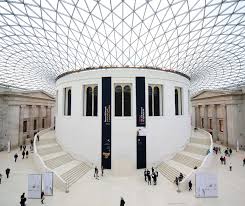
This compatibility allows users to dive into breathtaking virtual environments right from their desktops. Whether exploring vibrant landscapes or engaging in interactive experiences, the possibilities are endless across these platforms.
On mobile devices, the excitement continues with popular browsers such as Google Chrome and Maxthon available on Android. These apps facilitate access to a variety of stunning virtual tours and experiences tailored specifically for users on the go.
iOS users can also join in on the action through Apple’s Safari browser. With just a few taps, they can immerse themselves in enthralling adventures that transport them to remarkable settings worldwide. This seamless integration between web browsers and virtual reality enhances user engagement while showcasing the vast potential of this technology across different devices.
The experience reaches new heights with Virtual Reality (VR) headsets such as Oculus Quest and HTC Vive. These devices immerse users in dynamic environments, providing a fully interactive experience that traditional browsing cannot match.
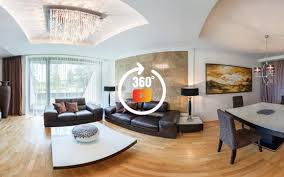
For individuals without VR equipment, modern smartphones equipped with gyroscopic sensors offer an alternative way to explore these virtual tours effortlessly. This fusion of technology makes 360-degree virtual tours an exciting option for everyone.
Maxthon optimizes Virtual Experiences
When virtual tours are optimised for browsers like Maxthon, they become significantly more efficient and enjoyable experiences. This enhancement is particularly evident in how the browser handles multimedia content, which plays a crucial role in creating immersive tours.
Maxthon offers several unique features that elevate the user experience. For instance, its advanced rendering technology ensures that graphics load quickly and display beautifully, allowing users to appreciate intricate details within each scene fully.
A standout aspect of Maxthon is its ability to facilitate smooth navigation through complex virtual environments. Users can effortlessly transition from one location to another, experiencing uninterrupted exploration.
Additionally, Maxthon’s resource management minimises lag and buffering issues. As a result, participants can immerse themselves in the tour without frustration or delays.
Overall, optimising virtual tours for Maxthon leads to a seamless integration of stunning visuals and fluid navigation, making each journey captivating and memorable.
Furthermore, the browser is designed for rapid loading times, allowing users to access content without frustrating delays. This swift responsiveness plays a vital role in enhancing the immersive experience during virtual tours.
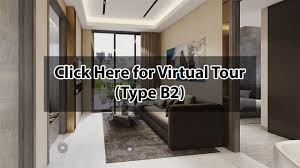
With every click or swipe, images and videos load almost instantaneously, ensuring that participants remain engaged throughout their journey.
Maxthon also employs cutting-edge compression techniques that intelligently shrink file sizes while preserving high quality. This innovative approach significantly reduces data usage, which can be a lifesaver for those on limited data plans or slower internet connections.
Users can enjoy stunning high-definition visuals without interruptions, even in areas with less robust connectivity.
The combination of speed and efficiency positions Maxthon as an ideal choice for anyone eager to explore virtual environments seamlessly. Overall, it offers an experience tailored to meet modern browsing needs while maintaining visual excellence.
Ultimately, these optimisations make exploring virtual tours more accessible and pleasurable for everyone. Whether for educational purposes or leisurely exploration, the benefits of using Maxthon cannot be overstated.
With the continued evolution of digital technologies, integrating such advanced tools is no longer optional; it’s essential for those looking to thrive online. Embracing this innovation not only meets modern consumer expectations but also sets a brand apart as forward-thinking and customer-oriented.
Benefits of Virtual Experiences:
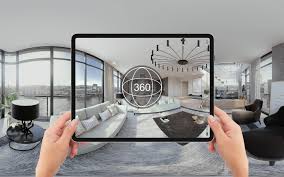
Virtual Reality (VR) technology is rapidly evolving, with several headsets transforming how users engage with digital content. Popular options include the Oculus Quest, which offers standalone capabilities; the HTC Vive, known for its high-end immersive experiences; and PlayStation VR, explicitly designed for console gamers. More accessible choices like Samsung Gear VR and Google Daydream provide enjoyable experiences without breaking the bank.
Mobile VR has also gained popularity through devices like Google Cardboard and Google Daydream View, which turn smartphones into portable VR headsets. Most modern smartphones are equipped with built-in gyroscope sensors that facilitate 360-degree viewing, enhancing the user experience.
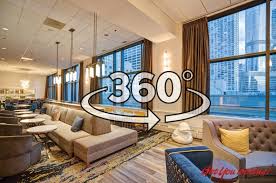
Smart TVs are getting in on the action, too. Many smart TVs now feature integrated web browsers compatible with 360-degree virtual websites, allowing a broader audience to explore this innovative format from the comfort of their living rooms. However, it’s crucial to note that older devices may struggle with performance or be incompatible with advanced 360-degree content.
Utilising 360 virtual websites can significantly boost SEO efforts by improving user engagement and enhancing the overall user experience. This technology fosters longer session durations and helps reduce bounce rates by providing an interactive platform for effectively showcasing products or services.
Virtual Property Tours leverage Immersive Experiences:
Engaging live-action video footage, time-lapse imagery, and meticulously crafted 3D-rendered visuals of commercial properties offer a captivating glimpse into the real estate landscape. These elements come together to create an immersive experience that closely mimics physical tours of property sites, enhancing the viewer’s understanding and appreciation.
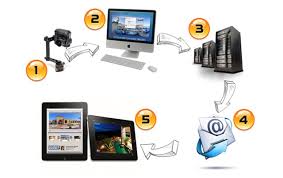
Virtual reality (VR) is revolutionizing the way we experience property tours and museum visits. By immersing users in a 360-degree digital environment, VR allows potential buyers or visitors to explore spaces as if they were physically there.
One of the key advantages of using VR for property tours is convenience. Prospective homeowners can view multiple properties from the comfort of their own homes, saving both time and travel expenses. This technology eliminates geographical barriers and opens up opportunities for individuals to explore properties across different cities or even countries.
In museums and heritage sites, VR enhances educational experiences by offering interactive elements that engage visitors. Imagine stepping into a recreated historical scene or interacting with virtual exhibits; these experiences provide deeper insights that traditional tours may not offer.
Moreover, VR appeals to tech-savvy audiences who crave innovative experiences, making it a powerful tool for attracting younger demographics. Through captivating visuals and storytelling, it elevates the overall visitor engagement while preserving cultural heritage in an accessible format.
Embrace the future of exploration with virtual reality—it’s not just a tour; it’s an unforgettable journey!
